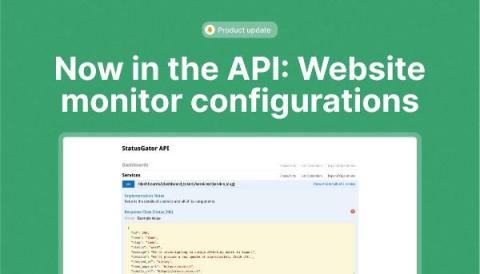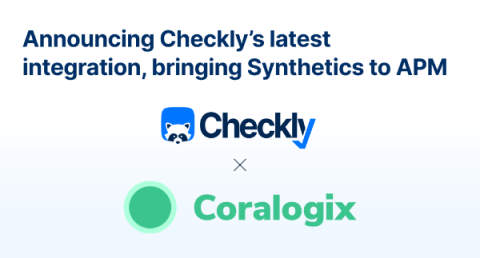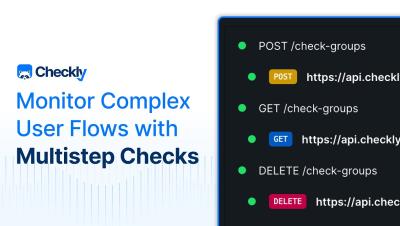Now in the API: Website monitor configurations
As you may know, StatusGator has two monitor types at present: Cloud service monitors and website monitors. Our website monitor feature allows a myriad of sophisticated configuration options including interval config, HTTP methods, and content or status checks. We’ve just launched some important improvements to our API for those of you using website monitors. Our Service show endpoint will now include configuration details for those monitors that are website monitors under a new key called config.











